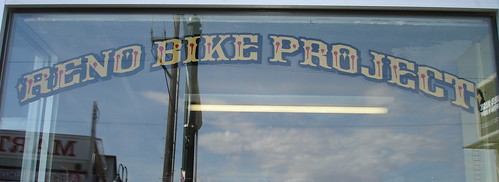My 4th graders are mostly second language learners and on IEP’s so they need lots of practice using correct English, punctuation and spelling. Since we blog, Skype, make wiki pages and more, I believe constantly exposing them to the ethics, safety and respect that having a presence online demands. To that end I devised a new blogging activity for them to participate in.
Kids like to help out. That’s just the way they are. So I chose a 1st grade class that blogs and explained to my students that being “older” they could “Make The Day” for these younger students by leaving them some positive, supportive comments. We even discussed any experiences they had being included in a game or activity when they were “young” by older kids and what that was like for them.
So far they have taken to this idea very enthusiastically! Here is the activity description from our class blog:
“This week we are going to practice making positive, supportive comments and make the day for younger bloggers at the same time! First, go to the first grade blog linked on our class wiki page. Then find a blog post that you make a connection with. You might have to deal with “invented spelling” that you have to decipher. EXAMPLE: It is a post about a cat and you have a cat too.
Next, say something positive about what they wrote or the picture that might accompany the post, like: “I like how you described your cat. I have one too.”
Then ask them a question like: “My cat is white, what color is your cat?”
Leave it fairly simple like that, after-all they are 1st graders.
Edit it and post it to their site.
Have fun and MAKE THEIR DAY!”
Learning is messy!



 We read all the time about how cost is one of the disincentives to technology in schools, and certainly I don’t know if my current experience is anywhere near what does or would usually be the case, but I left this as a comment on
We read all the time about how cost is one of the disincentives to technology in schools, and certainly I don’t know if my current experience is anywhere near what does or would usually be the case, but I left this as a comment on

